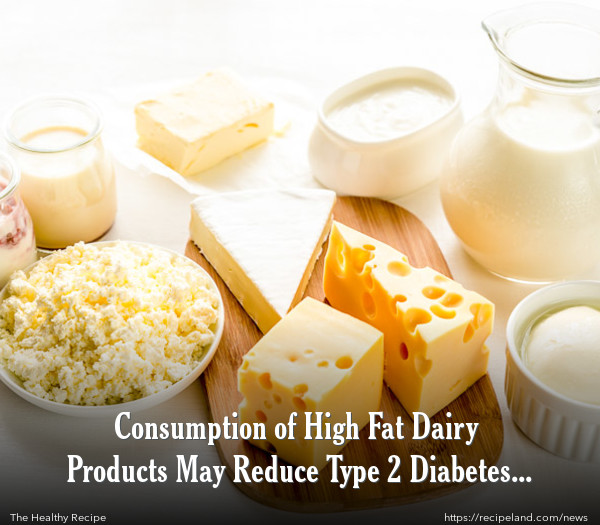A recent study showed that those who consume high-fat versions of yoghurt and cheese have nearly a 20% reduction in risk for type 2 diabetes. This study, conducted at Lund University in Sweden, also found that a high consumption of meat is correlated with a higher risk of type 2 diabetes. The study, which was recently published in the American Journal of Clinical Nutrition, confirms previous links found between a high consumption of dairy products and lowered risk of developing type 2 diabetes.
Ulrika Ericson, a lead researcher from the Malmo Diet and Cancer Center, stated, "Those who ate the most high-fat dairy products had a 23 per cent lower risk of developing type 2 diabetes than those who ate the least. High meat consumption was linked to an increased risk of type 2 diabetes regardless of the fat content of the meat."
The study examined the eating patterns of 27,000 participants between the ages of 45 and 74. The participants were followed for a period of 20 years. During the time of the study, more than 105 of those participating developed type 2 diabetes. When researchers examined the sources of saturated fats in the diets of participants, they discovered that those who ate more dairy products were less likely to have developed type 2 diabetes. In contrast, those who consumed high amounts of meat products were more likely to develop type 2 diabetes.
Although both dairy products and meat products contain saturated fats, those saturated fatty acids in dairy products are found to have protective properties that help prevent development of type 2 diabetes.
Ericson explained, "When we investigated the consumption of saturated fatty acids that are slightly more common in dairy products than in meat, we observed a link with a reduced risk of type 2 diabetes. However, we have not ruled out the possibility that other components of dairy products such as yoghurt and cheese may have contributed to our results. We have taken into account many dietary and lifestyle factors in our analysis, such as fermentation, calcium, vitamin D and physical activity. However, there may be other factors that we have not been able to measure that are shared by those who eat large quantities of high-fat dairy products. Moreover, different food components can interact with each other. For example, in one study, saturated fat in cheese appeared to have less of a cholesterol-raising effect than saturated fat in butter. Our results suggest that we should not focus solely on fat, but rather consider what foods we eat. Many foodstuffs contain different components that are harmful or beneficial to health, and it is the overall balance that is important."
Further research is indicated to clarify the exact relationship between specific saturated fatty acids and their contribution to type 2 diabetes, but these findings are important for those who may be at risk and seeking ways to decrease the risk.










Comments